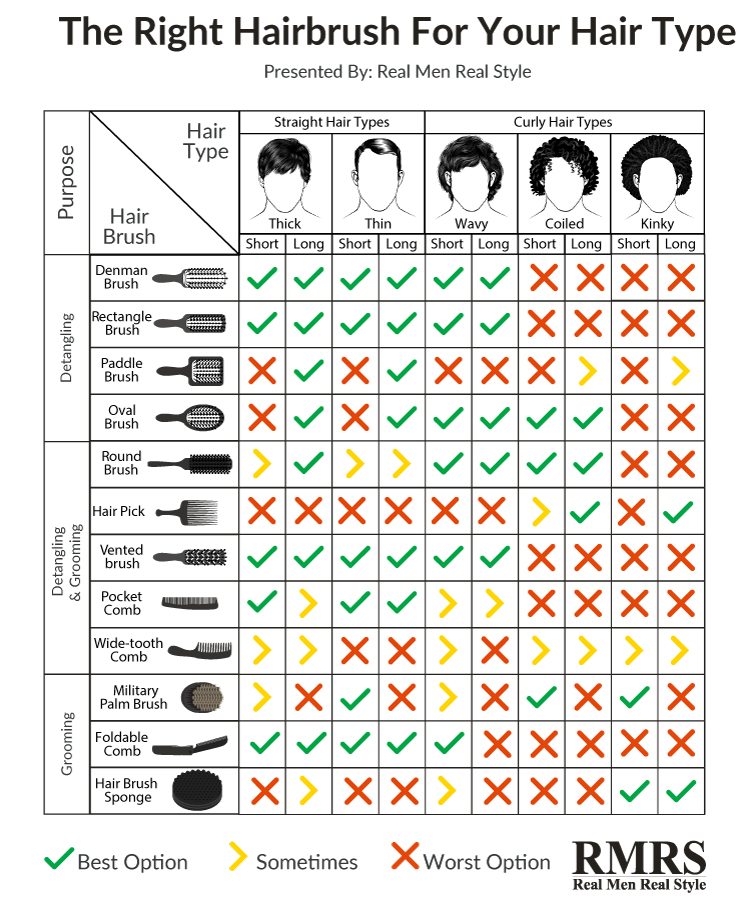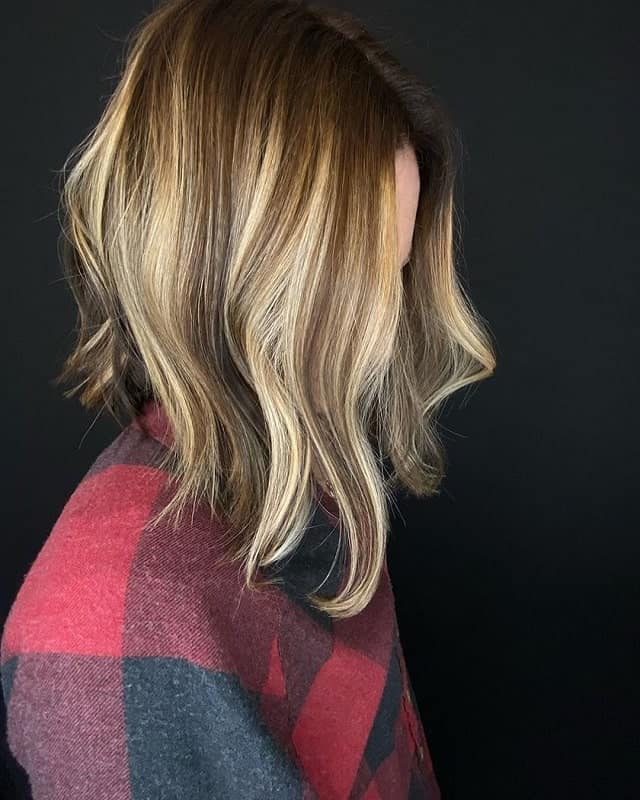Table Of Content

Thus, taking care of type 4 hair involves moisturizing the curls and embracing protective hairstyles while cutting down on chemical and heat styling. It has more moisture than Type 4b coils and has a visible curl pattern. The circumference of the spirals is close to that of a crochet needle. The main difference between 3c and 4a hair is that 4a hair needs a significant amount of moisture and benefits greatly from extra hydration. This could mean extra deep conditioning or styling hair with protective styles to keep the moisture locked in the strands. Low porosity hair types, on the other hand, are those where the cuticle lays flat blocking water or moisture from being absorbed into the strands.

Looking for a Hair Type Chart?
Type 2a curls are easy to style but prone to frizz and losing definition easily, so it is important to use the right products and techniques to maintain their shape and health. When caring for Type 1C hair, it’s important to use products that are designed for thick, coarse hair. Moisturizing shampoos and conditioners can help prevent dryness and breakage, while leave-in conditioners and hair oils can help control frizz and add shine. Overall, caring for Type 1B hair requires a delicate balance of gentle cleansing and lightweight styling products. With the right care and styling techniques, Type 1B hair can be easily managed and styled to achieve a range of different looks. If you want to add texture to this type of hair, go for dry shampoos or other texturising products.
What Is Your Hair Type? 1a-4c Hair Types Explained
The number refers to curl families, while the letter points to how tightly wound your curls are within that. Curl type 1 is pretty much the absence of curl—in other words, straight. Type 2 means waves, while 3s are spiraled curls, and 4s are kinks and coils. To make matters easier, NaturallyCurly created an online quiz to easily help women identify their natural curl type. Hair is composed of strands that will almost never clump without the use of styling techniques. Type 4c hair can range from fine, thin, and soft to coarse with densely packed strands.
The best haircuts for curly hair types
Overall, caring for Type 3C hair requires a gentle approach that emphasizes moisture and definition. With the right products and styling techniques, Type 3C hair can be easily managed and styled to achieve a range of different looks. Overall, caring for Type 3B hair requires a gentle approach that emphasizes moisture and definition. With the right products and styling techniques, Type 3B hair can be easily managed and styled to achieve a range of different looks. When it comes to haircuts, Type 3B hair can benefit from layered cuts to add movement and volume to the hair. Long layers can help create a more natural-looking curl pattern, while shorter layers can help create more defined curls.
To explain in the simplest terms, you have curly hair if you find a lot of “S”s in your hair structure. This helps you define whether your hair belongs to the dry, oily, combination, or normal hair family. Well, start by washing your tresses but avoid applying any product afterward – we want them in their most natural state.
Take a look at our chart below to learn how to quickly determine what your hair type is. Nimisha Popat is a hair care expert with a passion for helping people achieve healthy, beautiful hair. She is the founder of HairCareSquare.com, where she shares her knowledge and expertise in the hair care niche. She has over 8 years of experience in the industry and is the daughter of an Ayurvedic doctor. She believes that for every hair problem, there is a natural and right product as a solution. Her blog provides tips, tutorials, and product reviews to help her readers achieve their hair goals.
This type of hair dries quickly and straightens easily and is generally pretty low maintenance. After going through these hair tests, you may discover your hair is a mix of different types — curly but highly porous, or fine but extremely dry. Either way, having a thorough understanding of hair type charts will make for better and easier hair care decisions to help ensure your strands always look and feel their best. "For curly hair, I recommend staying away from products that will dry out your hair — anything with a lot of alcohol in it," says Stephen. Type 3C tends to be medium to coarse in texture, making chronic dryness and frizziness a real problem for this subtype.
Lightweight mousse provides just enough hold and structure for your waves to intensify without being weighed down with too much or too heavy a product. We recommend using a lightweight, frizz-fighting, non-greasy hair serum for type 1 hair. Our top pick for type 1 hair is Garnier Fructis Sleek and Shine Anti-Frizz Serum. If you’re still not quite sure which subtype your hair falls under, keep reading to learn more about each type and subtype.
It’s a good idea to take stock of the products you’re using if your hair density has changed. If you can’t see your scalp clearly, you probably have dense hair. If you can see your scalp even without parting your hair, you probably have low hair density. Those holes in the cuticle allow your hair to absorb more moisture. If the climate where you live is humid, your hair may tend to frizz.
9 Best Shampoos for Thinning Hair and Hair Loss for 2024 - Healthline
9 Best Shampoos for Thinning Hair and Hair Loss for 2024.
Posted: Tue, 19 Mar 2024 07:00:00 GMT [source]
The good news is that porous hair also absorbs moisturizing products well. A wide range of products, from leave-in conditioners to rich butters, can seal the holes and make your hair easier to manage. Washing your hair too often can cause your scalp to overproduce oils, so dry shampoo is a boon for people with straight, oily hair. The individual strands may be fine or coarse, thick or thin, but they fall without waving from root to tip. Type 1 hair benefits from lightweight clarifying daily moisturizers and volumizing wash and care systems. They also love styling products that impart body, bounce, and lift to fine, limp hair.
Type 2a curls are characterized by barely-there waves with a tousled texture. These curls can be easily straightened or enhanced with a sea salt spray and a curling iron. However, heavy styling products should be avoided as they can weigh down the strands. An airy, water-based mousse like Aveda Phomollient Styling Foam is recommended to add volume at the root. It also imparts sheen, more than curly hair, but less than straight hair. The further down the wavy spectrum you go the less sheen the hair will impart.
It is straight, with no waves or curls from root to tip, is soft, and has a sleek and shiny appearance. Type 1 hair tends to become oily quickly, so experts recommend washing type 1 hair once every three days. Hair type can vary slightly across different sections of your scalp.
So when it comes to figuring out your own hair type, look at your hair in its natural state, without products or styling, and then compare to the chart above. Our hair type system, modeled after celebrity stylist Andre Walker’s definitions of hair types, details the different hair types found within the broader curly hair description. Our goal here is to help clear up any confusion so you can not only understand your hair type, but find the best products that work for your unique hair type, and embrace it. You may have different curl patterns on different parts of your head. Curly hair is categorized as Type 3 hair and is grouped via the tightness of its curls. It is also, for the most part, where the natural hair chart classifications start.

No comments:
Post a Comment